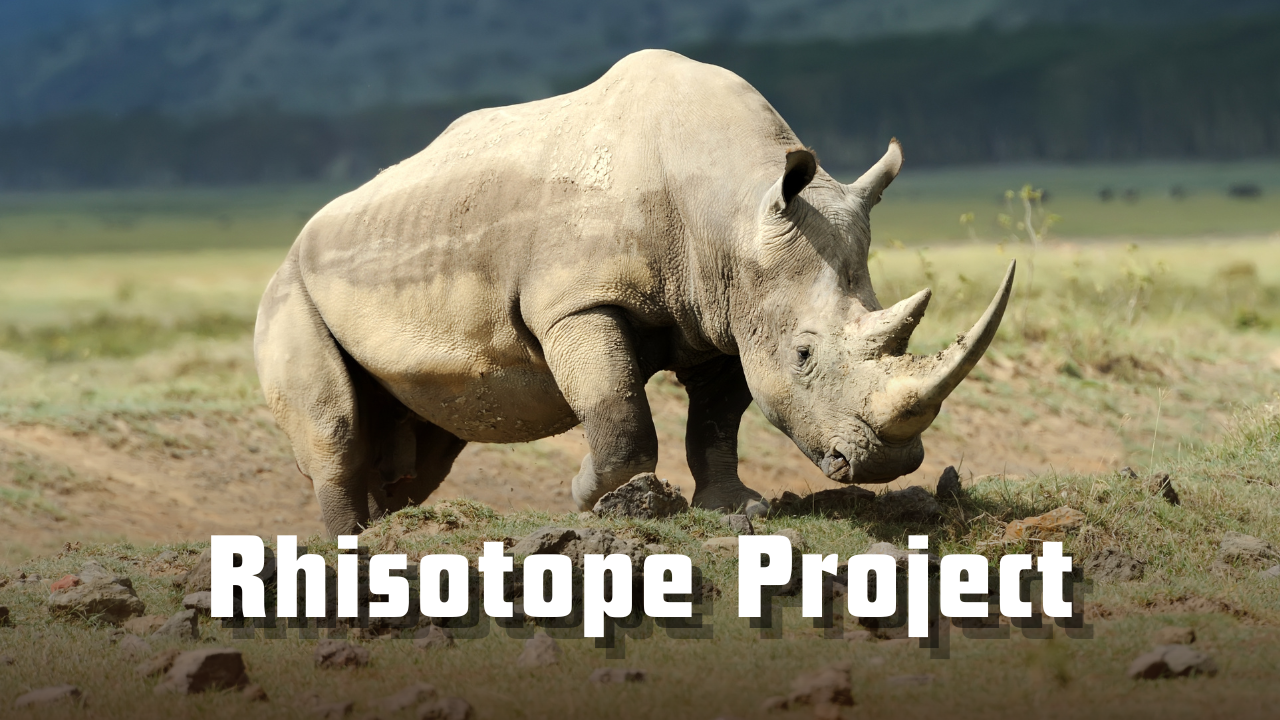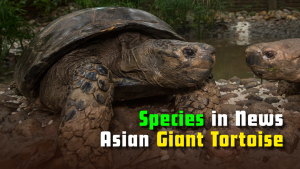Font size:
Print
Rhisotope Project
How a new project plans to curb rhino poaching through radioactive isotope injections
Context: In a groundbreaking effort to combat wildlife trafficking, the University of the Witwatersrand, South Africa, in collaboration with the International Atomic Energy Agency (IAEA), launched the Rhisotope Project on July 31, 2025.
What is the Rhisotope Project, and how is it significant in the fight against poaching?
- It aims to deter rhino poaching by injecting radioactive isotopes into rhino horns, making them detectable at international borders through existing radiation detection infrastructure.
- South Africa’s Crisis: The country has lost over 10,000 rhinos to poaching in the last decade. In just the first quarter of 2025, 103 rhinos were killed.
- Global Impact: Rhino horns are highly sought after in parts of Asia for traditional medicine and as status symbols, fueling a lucrative black market.
- Innovative Conservation: The Rhisotope Project is a rare example of nuclear technology being used for wildlife protection, leveraging existing infrastructure to address a global challenge.
- Global Collaboration: The project could inspire similar efforts for other endangered species, especially those trafficked for body parts like elephants (ivory) or pangolins.
How Does Isotope Tagging Work?
- Radioisotopes, or radioactive isotopes, are unstable forms of elements that emit detectable radiation as they decay. In the Rhisotope Project, low doses of radioisotopes are injected into rhino horns through a non-invasive procedure.
- These tagged horns can be detected by Radiation Portal Monitors (RPMs) already deployed globally at airports, seaports, and border crossings for identifying unauthorised nuclear materials.
- 3D-printed rhino horn models were used in laboratory simulations to confirm that even concealed horns in 40-foot shipping containers are detectable.
What are the Advantages of This Method Over Other Anti-Poaching Strategies?
- Less invasive than dehorning: Dehorning, while effective (a 2024 Science study showed 78% poaching reduction over seven years), negatively affects rhino behaviour, socialisation, and home range size.
- Passive deterrence: The radioactive tagging does not harm the horn’s structure but increases the risk for poachers and traffickers, making it easier for law enforcement to detect and prosecute.
- Global traceability: Horns can be tracked across borders, helping international cooperation against wildlife trafficking.
What are the Limitations of the Project?
- Scalability: Treating thousands of rhinos across South Africa requires significant resources, trained personnel, and logistical coordination. As of now, only a handful of rhinos have been treated.
- Cost and Infrastructure: Although the radioactive material lasts five years—making it more cost-effective than dehorning every 18 months—it still requires specialised equipment and ongoing monitoring.
- Legal and Ethical Concerns: Some critics question the ethics of using radioactive substances in wildlife, even if deemed safe. Regulatory hurdles may arise in countries that import rhino horns illegally, especially if they lack radiation detection infrastructure.
- Limited Deterrence for Local Poachers: While the project targets international trafficking, it may not immediately deter poachers operating within South Africa who are unaware or unconcerned about the horn’s radioactive status.
- Black Market Adaptation: Criminal networks may adapt by finding ways to shield or disguise radioactive horns or shift focus to other species.
Subscribe to our Youtube Channel for more Valuable Content – TheStudyias
Download the App to Subscribe to our Courses – Thestudyias
The Source’s Authority and Ownership of the Article is Claimed By THE STUDY IAS BY MANIKANT SINGH




